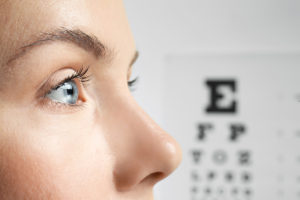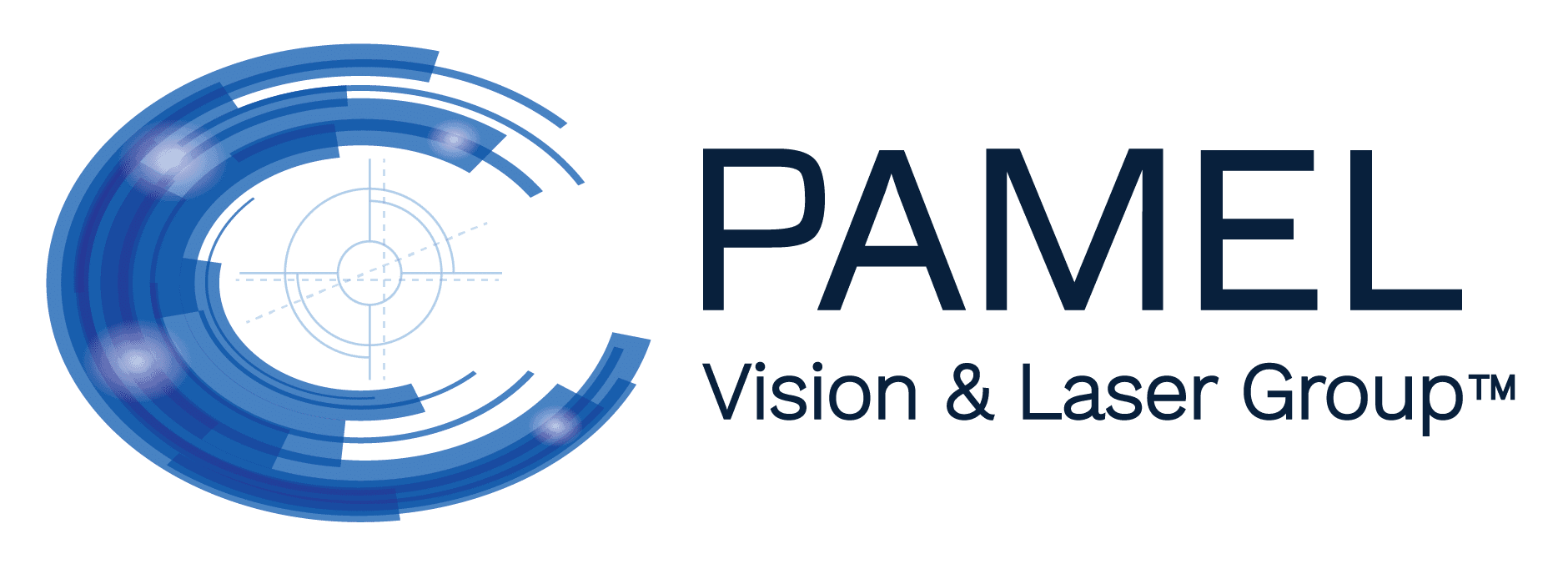The Science Behind Your Vision and LASIK Eye Surgery: How Does It Work?
- Posted on: Oct 9 2023
 Your eyes are complex, with many moving parts that rely on properly functioning muscles, soft tissues, and fluids. The cornea, lens, and retina are the main components that allow you to translate light into images. Our board-certified ophthalmologist at Pamel Vision & Laser Group explains how your vision works and how LASIK eye surgery can improve your eyesight.
Your eyes are complex, with many moving parts that rely on properly functioning muscles, soft tissues, and fluids. The cornea, lens, and retina are the main components that allow you to translate light into images. Our board-certified ophthalmologist at Pamel Vision & Laser Group explains how your vision works and how LASIK eye surgery can improve your eyesight.
Eye Structures and Vision
Six muscles attach to the eye, moving the eyeball side to side, up and down. They adhere to the sclera, a strong, white tissue covering most of the eyeball’s surface. A clear membrane (conjunctiva) coats the inside of the eyelids and the eye’s surface. The conjunctiva works with the lacrimal gland on the outer side of the eyebrow and the meibomian glands lining the eyelids to form a healthy tear film made of oil, water, and mucous. These external muscles and tissues are crucial for comfortable, clear vision, but the inner workings of the eye are what make eyesight possible.
Your eyes take in light through the cornea, a transparent dome at the front of the eyeball. When the cornea is misshapen, you may have nearsightedness, farsightedness, or astigmatism. Behind the cornea sits a fluid-filled area called aqueous humor that maintains your intraocular eye pressure and drains through a channel between the cornea and iris (pigmented part of the eye). Then comes the pupil, which narrows and widens based on how much light is coming in and controls the light that reaches the back of the eye.
The lens is found behind the pupil, adjusting the focus of the incoming light for crisp eyesight at near, intermediate, and distant focal points. The lens may lose flexibility and harden as you age, causing blurry near vision (presbyopia).
The lens and the cornea work together to focus light through a jelly-like fluid (vitreous humor) and onto the retina that lines the back of the eye. Good vision relies on light rays reaching a point on the retina. This light-sensitive tissue sends that information to the brain through the optic nerve to transform the messages into images. The American Academy of Ophthalmology states that the cornea is responsible for 70% of visual focus, while the lens makes up 30%.
There are many other parts of the eye anatomy, but these are the main structures that allow you to see.
How LASIK Eye Surgery Improves Vision
LASIK eye surgery addresses refractive errors caused by an abnormally shaped cornea. Good vision requires a perfectly round corneal shape. People with a steep corneal curvature may have nearsightedness (difficulty seeing faraway objects clearly), which causes light rays to come to a point before they reach the retina, creating blurry images. Farsightedness (difficulty seeing nearby things clearly) happens when the cornea is too flat, or the eyeball is too short. Astigmatism occurs when the corneal curves are mismatched, creating an egg or football shape instead of a round eyeball.
Laser eye surgery, such as Custom LASIK, fixes the corneal curvature to achieve better vision. The procedure creates a flap using the outer corneal tissue with a handheld blade or femtosecond laser and folds it back. An excimer laser then reshapes the cornea using measurements from a computer-guided system and positions the flap back in place.
If you’re tired of glasses or contact lenses, contact Dr. Gregory Pamel to see if LASIK is right for you. Schedule an appointment at our Astoria and New York, New York offices at (212) 355-2215.
Posted in: LASIK




